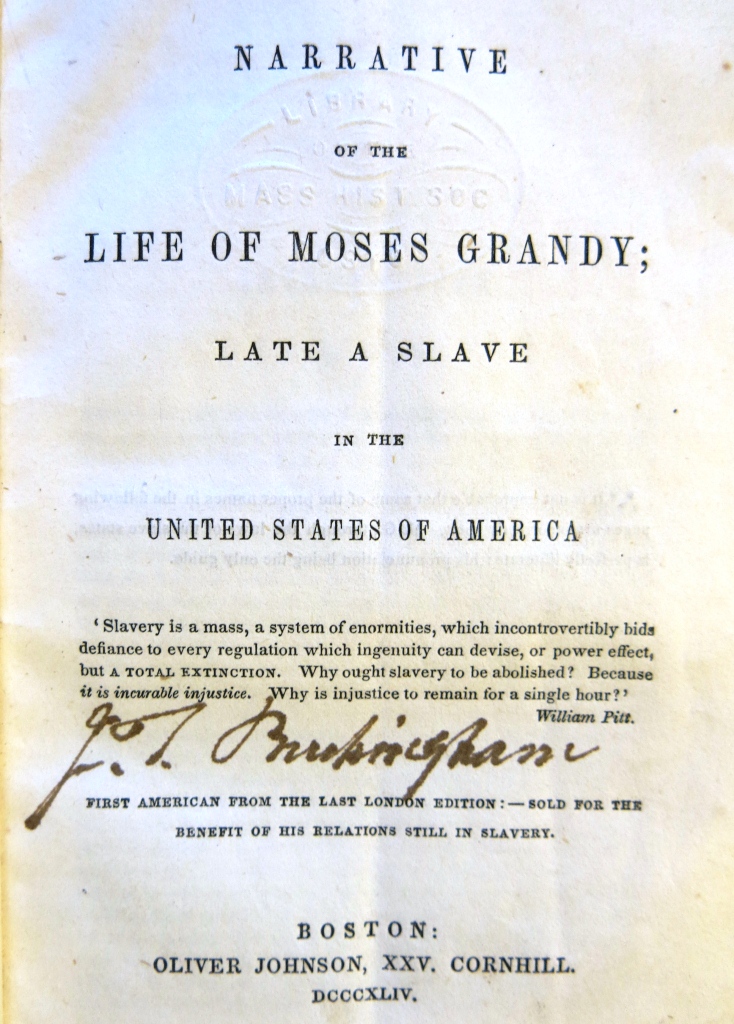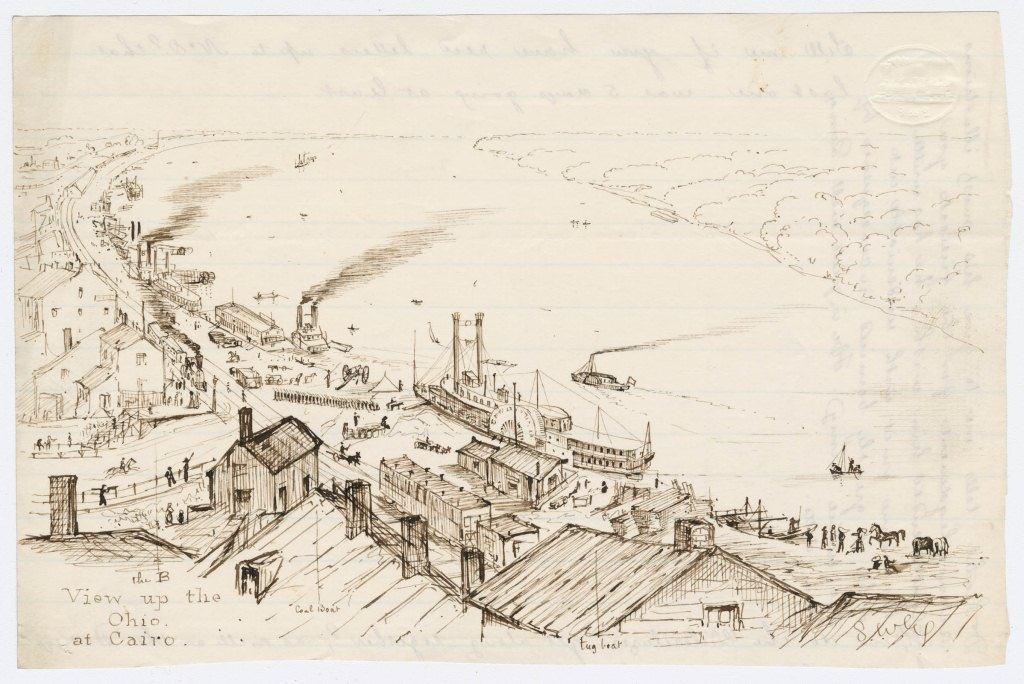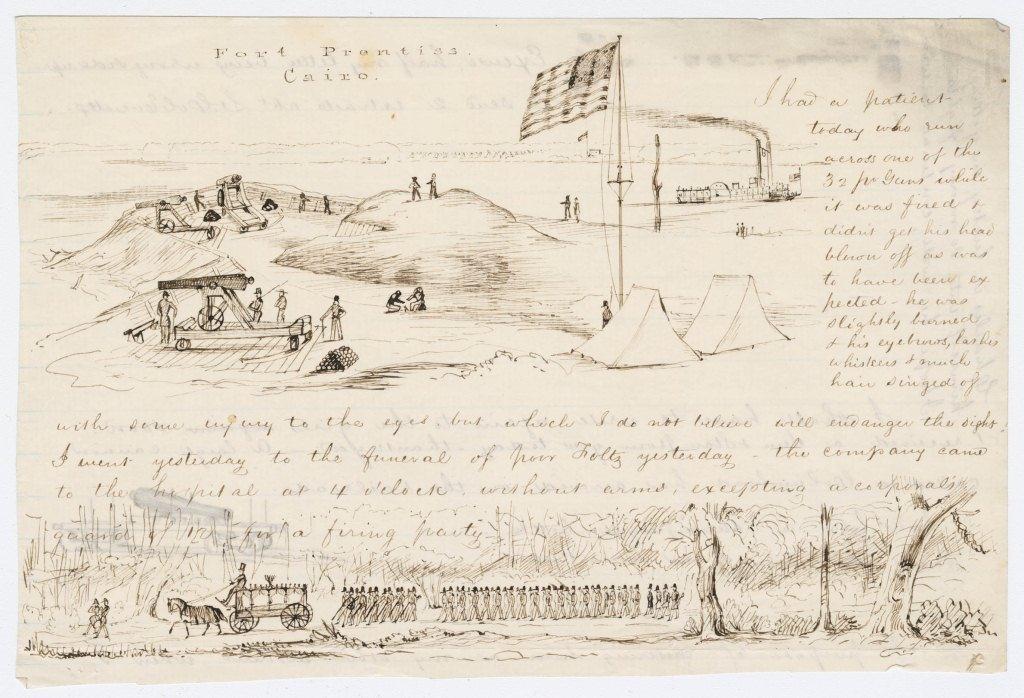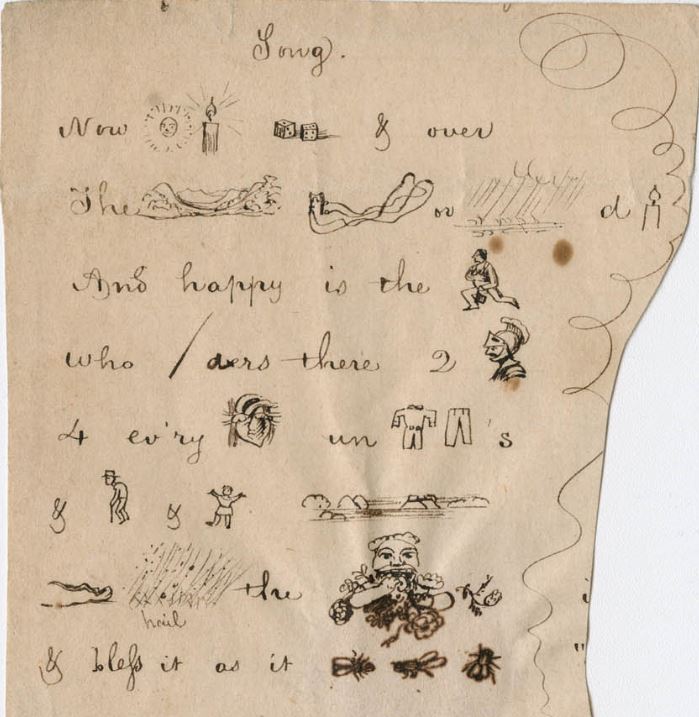By Elaine Heavey, Reader Services
Each year the MHS grants a number of research fellowships to scholars from around the country. For more information about the different fellowship types, click the headings below.
Our various fellowship programs bring a wide variety of researchers working on a full range of topics into the MHS library. If any of the research topics are particularly interesting to you, keep an eye on our events calendar over the course of the upcoming year, as all research fellows present their research at brown-bag lunch programs as part of their commitment to the MHS.
A hearty congratulations to all of the fellowship recipients. We look forward to seeing you all in the MHS library in the upcoming year.
*******
MHS-NEH Long-term Research Fellowships (thanks to the support of the National Endowment for the Humanities, an independent agency of the U.S. government):
Christine Desan
Harvard Law School
“Designing Money in Early America: Experiments in Political Economy (1680-1775)”
Wendy Roberts
SUNY Albany
“Redeeming Verse: The Poetics of Revivalism”
Suzanne and Caleb Loring Research Fellowship On the Civil War, Its Origins, and Consequences (with the Boston Athenaeum):
Robert Mann
“The Contact of Human Souls”
Kevin Waite
University of Pennsylvania
“The Slave South in the Far West: California, the Pacific, and Proslavery Visions of Empire”
MHS Short-Term Research Fellowships:
African-American Studies Fellow
Ben Davidson
New York University
“Freedom’s Generation: Coming of Age in the Era of Emancipation”
Andrew Oliver Fellow
Joseph Lasala
Robert H. Smith International Center for Jefferson Studies
“Fiske Kimball’s Thomas Jefferson Architect”
Andrew W. Mellon Fellows
Rebecca Brannon
James Madison University
“Did the Founding Fathers Live Too Long?”
Christina Carrick
Boston University
“Among Strangers in a Distant Climate: Loyalist Exiles Define Empire and Nation, 1775-1815”
Travis Jaquess
University of Mississippi
“Founding Daddies: Republican Fatherhood and the American Revolution and Early Republic, 1763-1814”
Benjamin Kochan
Boston University
“Looking East and Thinking Below the Surface: Ecology and Geopolitics in the Northwest Atlantic Fisheries, 1945-2006”
Gregory Michna
West Virginia University
“Facing Outward and Inward: Native American Missionary Communities in New England, 1630-1763”
Scott Shubitz
Florida State University
“Emancipating the American Spirit: Reconstruction and Renaissance in New England, 1863-1877”
Sueanna Smith
University of South Carolina
“African Americans and the Cultural Work of Freemasonry: From Revolution through Reconstruction”
Jordan Taylor
Indiana University-Bloomington
“English Channels: Globalization and Revolution in the Anglophone Atlantic, 1789-1804”
Peter Walker
Columbia University
“The Church Militant: The American Émigré Clergy and the Making of the British Counterrevolution, 1763-92”
Benjamin F. Stevens Fellow
Sarah Templier
Johns Hopkins University
“Between Merchants, Shopkeepers, Tailors, and Thieves: Circulating and Consuming Clothes, Textiles, and Fashion in French and British North America, 1730-1774”
Louis Leonard Tucker Alumni Fellows
Daina Ramey Berry
University of Texas at Austin
“Ghost Values of the Domestic Cadaver Slave Trade”
Amy Hughes
Brooklyn College – CUNY
“An Actor’s Tale: Theater, Culture, and Everyday Life in Nineteenth-Century America”
Margaret Newell
Ohio State University
“Miles to Freedom: William and Ellen Craft and the Struggle for Black Rights in Nineteenth-Century America and England”
Malcolm and Mildred Freiberg Fellow
Karen Weyler
University of North Carolina – Greensboro
“Urban Printscapes: One Hundred Years of Print in the City”
Marc Friedlaender Fellow
Mary Hale
University of Illinois – Chicago
“Fictions of Mugwumpery: The Problem of Representation in the Gilded Age”
Massachusetts Society of the Cincinnati Fellow
Katlyn Carter
Princeton University
“Practicing Representative Politics in the Revolutionary Atlantic World: Secrecy, Accountability, and the Making of Modern Democracy”
Ruth R. & Alyson R. Miller Fellows
Alisa Wade Harrison
CUNY Graduate Center
“An Alliance of Ladies: Power, Public Affairs, and Gendered Constructions of the Upper Class in Early National New York City”
Julia James
Syracuse University
“Women in the Woods: War, Gender, and Community in the Native Northeast”
W. B. H. Dowse Fellows
Katie Moore
Boston University
“‘a just and honest valuation’: Money and Value in Colonial America, 1690-1750”
Joanne Jahnke Wegner
University of Minnesota
“Captive Economies: Commodified Bodies in Colonial New England, 1630-1763”
New England Regional Fellowship Consortium (NERFC) Awards (with 21 other institutions; the * indicates that part of fellowship will be completed at the MHS):
Jenny Barker-Devine
Illinois College
“American Athena: Constructing Victorian Womanhood on the Midwestern Frontier”
*Cynthia Bouton
Texas A&M
“Subsistence, Society, Commerce, and Culture in the Atlantic World in the Age of Revolution (1770s-1820s)”
*Jennifer Chuong
Harvard University
The Chargeable Surface: Investment, Interval, and Yield in Early America
Bradley Dixon
University of Texas at Austin
“Republic of Indians: Indigenous Vassals, Subjects, and Citizens in Early America”
*Mehmet Dogan
Istanbul Teknik Universitesi
“From New England into New Lands: The Journey of American Missionaries to the Middle East”
*Andrew Edwards
Princeton University
“Money and the American Revolution”
Michele Fazio
UNC at Pembroke
“The Case of Sacco and Vanzetti and the Italian American Family: Immigrant Women’s Roles Redefined”
Mary Freeman
Columbia University
“Letter Writing and Politics in the Campaign Against Slavery in the United States, 1830-1870“
Jeffrey Gonda
Syracuse University
“No Crystal Stair: Black Women and Civil Rights Law in Postwar America”
Cynthia Greenlee
Duke University
“The Fruits of Our Race: African-Americans and the Politics of Abortion, 1860-1975”
Amy Hughes
Brooklyn College – CUNY
“An Actor’s Tale: Theater, Culture, and Everyday Life in Nineteenth-Century America”
*Kathryn Lasdow
Columbia College
“Spirit of Improvement: Construction, Conflict, and Community in Early National Port Cities”
Rebecca Rosen
Princeton University
“Making the Body Speak: Anatomy, Autopsy, and Testimony in Early America, 1639-1790”
Elizabeth Sharrow
University of Massachusetts
“Forty Years ‘On the Basis of Sex’: Title IX, the ‘Female Athlete,’ and the Political Construction of Sex and Gender
Amy Sopcak-Joseph |
University of Connecticut
“The Lives and Times of Godey’s Lady’s Book, 1830-1877”
David Thomas
“Temple University
The Anxious Atlantic: Revolution, Murder, and a “Monster of a Man” in the Eighteenth-Century British Atlantic World.”
*Emily Torbert
University of Delaware
“Going Places: The Material and Imagined Geographies of Prints in the Atlantic World, 1770-1840”
*Michael Zakim
Tel Aviv University
“Inventing Industrial America at the Crystal Palace”


 The story of Grandy’s life, written down by noted abolitionist George Thompson and first published in 1843, became popular with the abolitionist movement both in the United States and abroad. Grandy’s story, like a number of other slave narratives including those of Frederick Douglass and Solomon Northrup, served to illustrate for a wide audience the cruelties of slavery and the outrages endured by those kept in bondage. Stories of this kind helped to spread the message of abolitionism far and wide in the decades prior to the American Civil War.
The story of Grandy’s life, written down by noted abolitionist George Thompson and first published in 1843, became popular with the abolitionist movement both in the United States and abroad. Grandy’s story, like a number of other slave narratives including those of Frederick Douglass and Solomon Northrup, served to illustrate for a wide audience the cruelties of slavery and the outrages endured by those kept in bondage. Stories of this kind helped to spread the message of abolitionism far and wide in the decades prior to the American Civil War. 







